Apple's eighth iPhone event introduced two new larger-screened, larger-capacity new phones, iPhone 6 and 6 Plus, along with a continuation two of the world's top selling models, iPhone 5c and 5s, now at a reduced price.
The new 6 form factor
The new pair of iPhone 6 models introduce a slim new form factor with rounded edges. The new iPhone 6 body is noticeably thinner (6.9mm or 7.1mm, compared to 7.6mm and 8.97mm for the previous iPhone 5s and 5c), and its rounded edge design feels more comfortable in the hand than the classy but squared off edges of the previous iPhone 4 and 5 series.
This is the sixth major iPhone redesign, following the aluminum original; two years of the plastic-backed iPhone 3G/3GS; two years of the 'Leica-inspired' glass and steel iPhone 4/4S; and two years of the chamfered-edge iPhone 5/5s, paired last year with the plastic iPhone 5c.
In addition to a rounded edge, the new body seamlessly melds the glass face into the metal shell. This makes it possible to incorporate a larger display while still making the device light, frictionlessly pocketable and comfortable to hold in one hand.
The new 4.7 inch iPhone 6 feels only slightly larger than Apple's current iPhones, thanks to its slim profile and rounded edges, while the 6+ initially feels quite monstrously large. While it can fit in a standard front jeans pocket, it might feel too big for dress pants or a jacket breast pocket.
Of course, when iPhone 5 arrived it seemed quite large too, in comparison to the original 3.5 inch iPhone display, which debuted and long served as the largest mainstream phone.
In 2008, Samsung internally called Apple's original iPhone "monstrously large" and observed that many users would want something smaller. The new iPhone 6+ is still considerably smaller than the barely pocketable iPad mini, as depicted below.
Apple also introduced a "Reachability" software feature that helps make the device usable in one hand as well.
It takes a second to learn the new "double touch" Home button gesture that slides the top of the screen down for easy one-handed access, but once you pick it up it works intuitively without sticking you in a mode that you have to explicitly exit. Simply tap on a target (such as the address field in Safari) and the screen pops back into place.
Apple is offering both iPhone 6 models in the same Silver, Gold and Space Grey colors, each of which can be paired with Apple's leather or new silicon cases in a variety of colors.
The two new iPhone 6 displays
This marks Apple's second year of introducing two new models of iPhone, although this year, the company's two versions of iPhone 6— differentiated primarily by their display size (4.7 and 5.5 inches, respectively)— are both entirely new, inside and out (last year's iPhone 5c was an enhanced version of the previous 5 in a new package).
The new displays are not just bigger but also brighter and sharper, with more pixels and more pixel density in screens that Apple is calling "HD Retina." The 4.7 inch 6 model has a 1334x750 resolution at 326ppi, while the 5.5 inch 6 Plus incorporates nearly twice the pixels: 1920x1080 at 401ppi.
In addition to more pixels, Retina HD also boasts higher contrast (for deeper blacks and crisp text) and "dual-domain pixels" for improved color accuracy even when viewed at an angle.
The 6 Plus display is not only larger and discernibly sharper, but also packs enough extra pixels to support additional detail in apps. Apple has enhanced Mail, Messages and other bundled apps to take additional iPad-like advantage of the extra resolution on the largest model, and iOS 8 includes features for developers to follow suit in their own apps.
Apple is also offering a "Zoom" option for allowing users to decide if they want to see more apps on the Home screen or see the same number of app icons, larger.
Apart from the additional real estate, the primary difference between the two models is their physical size, making the choice one of personal preference (and cost sensitivity: the larger model is priced $100 higher).
Last year, the media's collective handwringing and bad-mouthing of iPhone 5c desperately attempted to bizarrely spin buyers' overwhelming preference for the higher end 5s as some sort of problem for Apple, rather than simply being evidence of strong demand for high end iPhones— something that rival Android makers are not seeing.
This year, rather than offering three options of "luxury, colorful and affordable," Apple's lineup includes two new sizes at the top end and retains last year's two 4 inch options in the 5c and 5s, resulting the largest range in iPhone prices, sizes and features ever.
AppleInsider has prepared a guide to selecting and preordering a new iPhone, with notes on trade-ins and early upgrade programs.
Third party analytics firms are already no doubt salivating at the opportunity to try to decipher exactly what the product mix will say about buyers' desires overall, as Apple itself doesn't detail individual iPhone model sales numbers.
It appears that there is a growing demand for larger phone screens, particularly in Asia where phones are more likely to stand in for a computer and logogram character input is easier on a larger screen.
The iPhone 6 brains and cameras
Both of the new iPhones feature a faster, second-generation 64-bit Application Processor that Apple has named A8 (which boasts nearly twice the transistors of last year's A7). It's not only faster but also 50 percent more efficient, allowing it to run at sustained speeds for longer without overheating or rapidly draining the battery.
The new models actually deliver significantly better battery life, despite their larger screens, faster processing features and additional storage capacity, with options of 64 and a new 128GB edition.
Both sizes also incorporate Apple's second-generation M8 motion coprocessor, along with a new barometer sensor that allows the M8 chip to track not just steps but stair-steps by monitoring elevation changes.
Both new sizes include an improved camera sensor with "focus pixels" for rapid, accurate autofocus and continuous "cinematic" autofocus while capturing video. They can both take more detailed panoramic images up to 43 megapixels (up from ), can now grab super sharp 240fps 720p Slomo video, and can capture very smooth 60 fps 1080p HD videos.
Both gain improved face, smile and blink detection, which is all factored into the improved photo and video processing their A8 brains are now capable of handling. Auto image stabilization takes multiple exposures to reduce noise and motion blur, We have yet to put the new phones' cameras to test.
The larger iPhone 6 Plus also includes Optical Image Stabilization, a physical assembly which allows the camera lens to move up and down in concert with gyroscopic motion data in order to capture sharper images, particularly in low light (below).
Both new models feature an enhanced front-facing FaceTime camera with a larger f/2.2 aperture for better performance in low light, along with the ability to capture HDR selfie shots, including HDR-enhanced video. The new FaceTime camera also now supports rapid Burst capture, although the raw resolution of the photos and videos it takes has not changed (1.2 megapixel, 1280x960 photos and 720p HD videos).
iPhone 6 wireless
Both new models now include enhanced WiFi supporting 802.11ac, which is up to three times faster than current 802.11n speeds. To connect at faster speeds, you'll need a modern 802.11ac base station, such as one of Apple's newer, tall AirPort models.
The new phones also support Wideband LTE (for faster data, up to 150Mb downloads), Voice over LTE (VoLTE, for high quality voice calls), simultaneous voice and data on LTE, and WiFi carrier calling on select carriers, currently TMobile in the U.S. and EE in the U.K.
To support Apple Pay, both iPhone 6 models include NFC proximity wireless and a Secure Element. Apple's implementation ties purchases to Touch ID authentication and credit or debit cards accounts added to Passbook. You can select a default account that will be used automatically when you make a purchase.
This allows users to simply point their phone at an NFC terminal while pressing Touch ID to authorize a payment, rather than needing to find and launch a special app and then enter a PIN code, a process more complicated that just pulling out a credit card.
Google's failed rollout of Wallet for Android, including security problems associated with its wide open implementation of NFC, did have the side effect of deploying (largely at Google's expense) lots of NFC payment terminals for Apple Pay to use (although many of these have been turned off in the wake of the earlier flop).
Apple is also supporting Touch ID-based Apple Pay as a payment option within apps, such as Uber, Target and its own iTunes. Apple's more thoughtfully planned implementation of mobile payments is also backed by the more commercially relevant demographic of iPhone users.
Apple's new larger screens, faster processing (with an increasing lead in 64-bit, Metal and Swift), mobile payments, a future Apple Watch tie-in, and tight integration with business class iPads and upcoming Yosemite OS X Continuity features all appear to set the company up for a blockbuster season of iPhone 6 sales.
The only question is how big.
 Daniel Eran Dilger
Daniel Eran Dilger
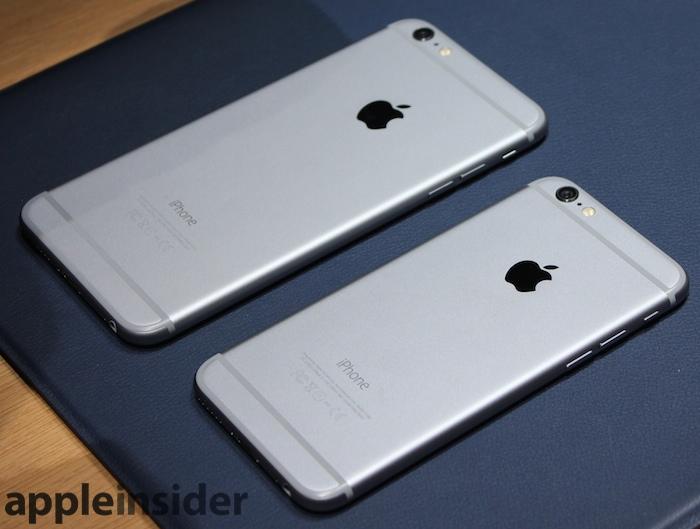
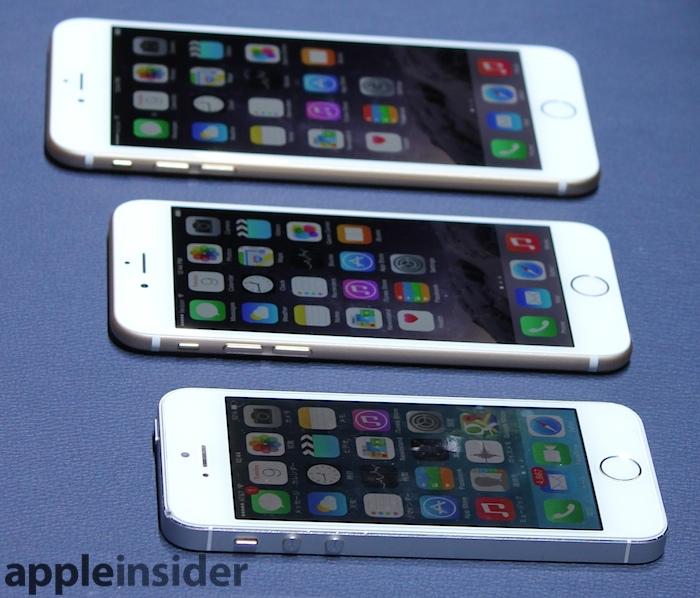
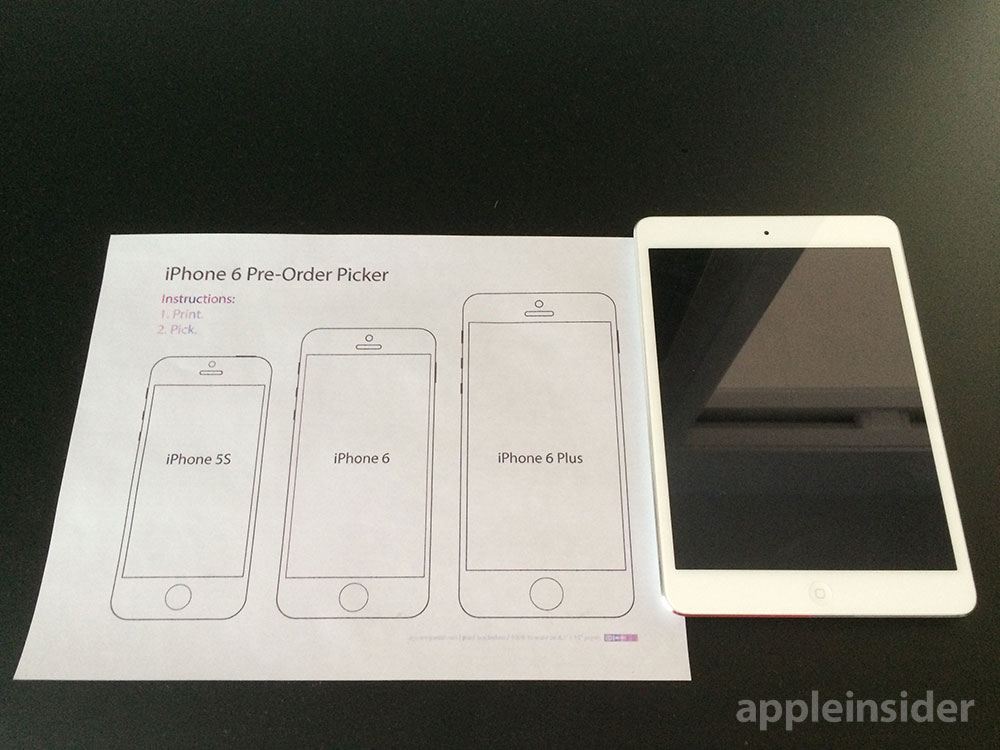
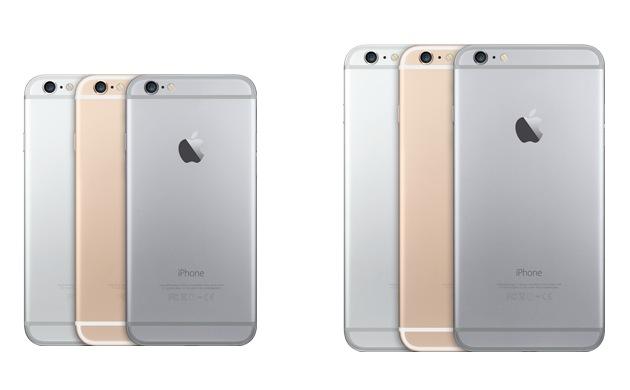
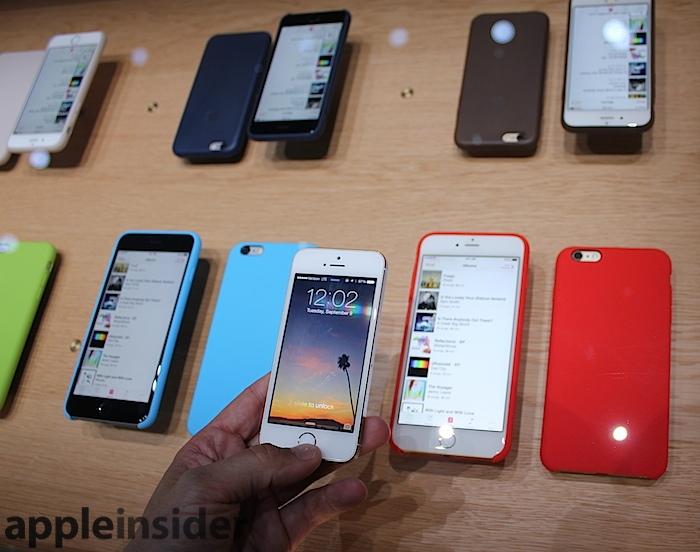

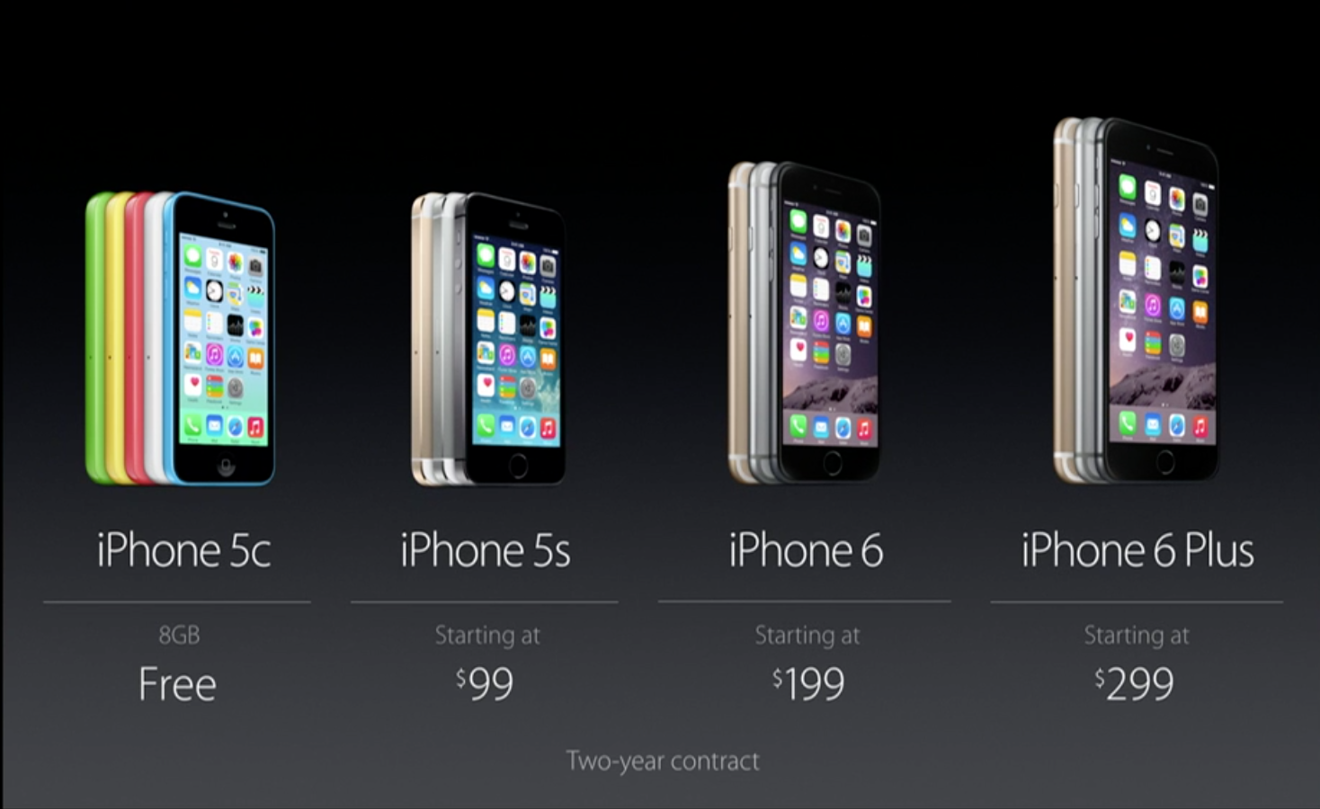
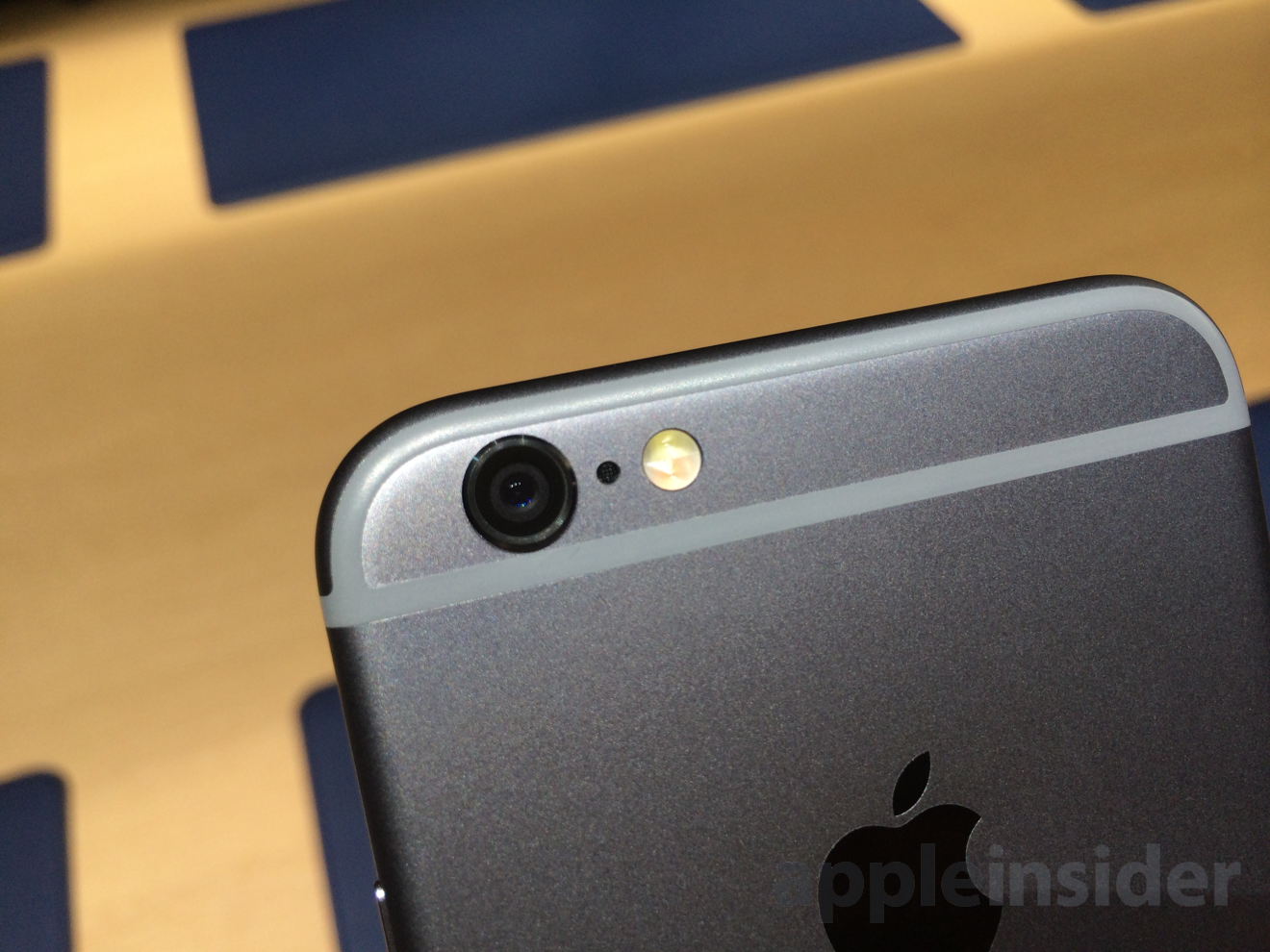







-m.jpg)






 Bon Adamson
Bon Adamson
 Marko Zivkovic
Marko Zivkovic
 Amber Neely
Amber Neely
 Malcolm Owen
Malcolm Owen


 Christine McKee
Christine McKee


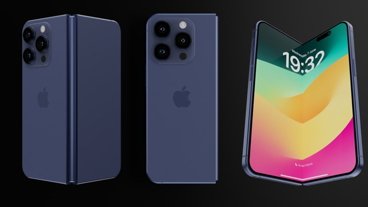
-m.jpg)






113 Comments
You know, Apple had me actually considering getting a 6 Plus...
Well written and to the point.
Time to look into some fashionable man purses. Apple should get on that. Never thought I'd do a Phablet sized device but I think I am going 5.5. Plus. This way I don't need to actually get a iPad mini.
Time to look into some fashionable man purses.
Apple should get on that.
Never thought I'd do a Phablet sized device but I think I am going 5.5. Plus.
This way I don't need to actually get a iPad mini.
When my wife saw these iPhone 6, she immediately wants the 6+ in Gold...lol. She'd make sure I don't take her phone...lol.
While Apple Pay sounds like a big step forward in simplifying the payment process there are still some unanswered questions about how it all works. It appears that Apple Pay doesn't eliminate the need to stand in a check out line unless the retailer puts multiple terminals around the store. Does the retailer still provide a paper receipt? If not, do I have record of the purchase on my phone in the event that I want to return an item since most retailers require a proof of purchase. How would Apple Pay work in a restaurant? Does the server bring a terminal to my table in order to complete the purchase much as they currently do with chip and pin systems? How about splitting the bill? How would that work. Finally, how close does one have to get to the terminal in order for the NFC reader to work?